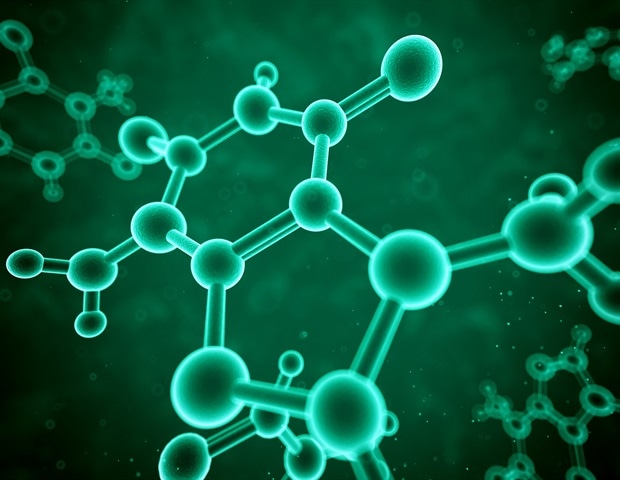Researchers at The University of Texas MD Anderson Cancer Center have developed a new radio-labeled molecule capable of selectively reacting with certain high-energy radicals that are characteristic of innate immune activity, which may allow a non-invasive approach to monitor inflammation in real time by positron emission tomography (PET) imaging.
The preclinical study, published today in Nature Biotechnology, takes advantage of new chemistry techniques to synthesize 4-[18F]Fluoro-1-Naphthol ([18F]4FN) as a novel reporter of myeloperoxidase (MPO) activity – a key enzyme active in the innate immune response. The molecule may be able to pinpoint areas of inflammation in a variety of clinical settings, such as inflammatory diseases, infections and immunotherapy-related side effects.
"There has been a long-standing interest in imaging inflammation and redox in general, but most current approaches generate high levels of background noise from biological processes that generate lower-energy radicals," said corresponding author David Piwnica-Worms, M.D., Ph.D., chair of Cancer Systems Imaging. "Our molecule is tuned toward inflammation mediated by high-energy radicals, offering the potential to selectively monitor activation of innate immunity."
The innate immune response is the body's first line of defense against invading pathogens. In contrast to the adaptive immune response, innate immunity is nonspecific and acts broadly against infections or foreign agents. Innate immunity is largely driven by myeloid cells, including neutrophils, macrophages and natural killer (NK) cells.
Myeloperoxidase is a highly conserved feature of the innate immune response across myeloid cells. This proinflammatory enzyme is activated by hydrogen peroxide to produce a variety of high-energy radicals that are used to eliminate pathogens.
Co-led by Federica Pisaneschi, Ph.D., assistant professor, and Seth T. Gammon, Ph.D., associate professor of Cancer Systems Imaging, the research team focused on MPO activity to develop a redox-tuned reporter specific to innate immune activity. Using newly developed chemistry techniques, the team was able to synthesize [18F]4FN as a labeled molecule to selectively bind nearby proteins and cells when [18F]4FN has been oxidized by MPO plus hydrogen peroxide, but not hydrogen peroxide alone.
The researchers evaluated the potential uses of [18F]4FN as an in vivo PET imaging tool in several laboratory models of inflammation. The molecule was able to successfully highlight inflammation from acute toxic shock, arthritis and contact dermatitis, ailments known to be mediated by activation of innate immunity. In addition, their results suggest [18F]4FN is a more specific and robust reporter of inflammation than other clinically utilized PET imaging agents, such as fluorodeoxyglucose ([18F]FDG).
"We need to verify this PET imaging agent in clinical studies, but it certainly has the potential for broad applications that could benefit patients across all kinds of diseases and clinical scenarios," Piwnica-Worms said. "A tool like this could be used to identify multi-focal hotspots of inflammation, allowing physicians to intervene before disease progression or to follow the resolution of symptoms during therapy."
The research team is in discussions with clinical collaborators to test specific applications of [18F]4FN. An initial study, now under Food and Drug Administration review for Investigational New Drug registration and Institutional Review Board approval, will evaluate [18F]4FN as an early biomarker of immune-related adverse events in patients being treated with immune checkpoint inhibitors.
University of Texas M. D. Anderson Cancer Center
Pisaneschi, F., et al. (2022) Imaging of innate immunity activation in vivo with a redox-tuned PET reporter. Nature Biotechnology. doi.org/10.1038/s41587-021-01169-y.
Posted in: Molecular & Structural Biology | Cell Biology | Biochemistry | Histology & Microscopy
Tags: Arthritis, Biomarker, Biotechnology, Cancer, Dermatitis, Enzyme, Fluorodeoxyglucose, Food, Hydrogen Peroxide, Imaging, Immune Response, immunity, Immunotherapy, in vivo, Inflammation, Laboratory, Molecule, Myeloperoxidase, Neutrophils, pH, Positron Emission Tomography, Preclinical, Research, Tomography
Source: Read Full Article
